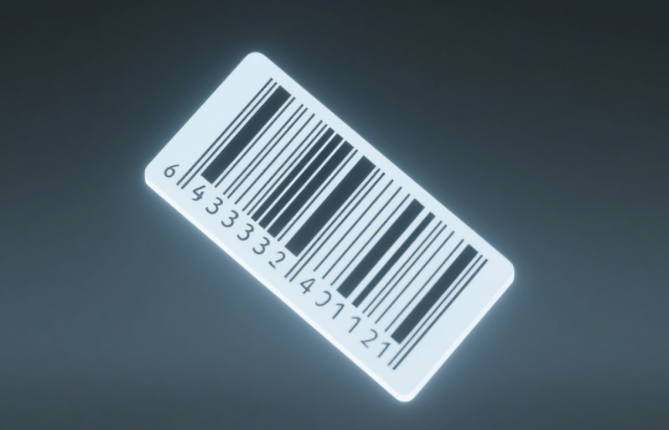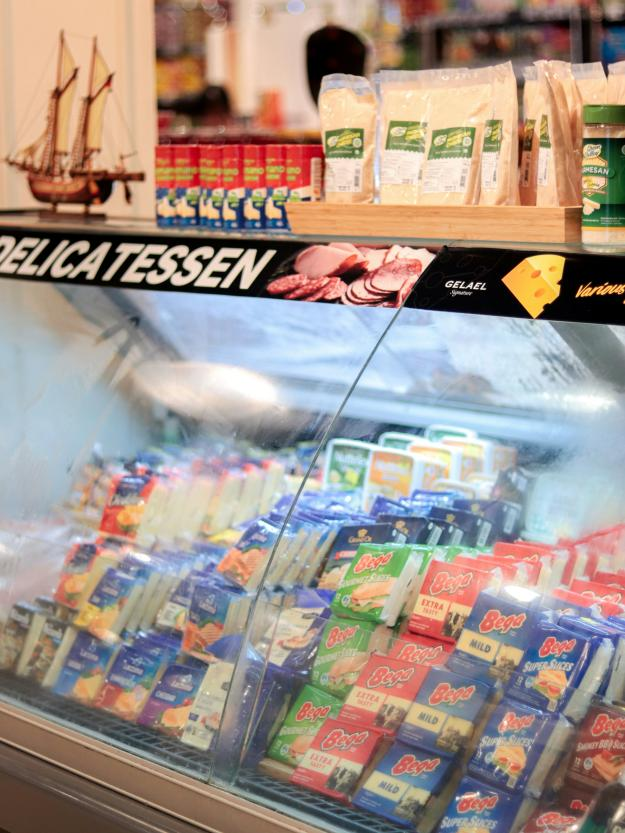Ever grab a snack, hear that quick beep at checkout, and not give it a second thought? Barcodes—those black-and-white stripes we barely notice—have reshaped shopping, retail, and supply chains worldwide. But when were barcodes first used? When did supermarkets start scanning them? Let’s check out their history and why they still matter in today’s world of QR codes and AI.

When Were Barcodes First Used?
Barcodes were first invented in 1948 by Norman Joseph Woodland and Bernard Silver, two young engineers from Philadelphia, Pennsylvania. Their idea was simple but brilliant: create a machine-readable system to automate product identification. Woodland reportedly drew the first barcode design in the sand at a beach, extending dots and dashes from Morse code into lines of varying thickness.
In 1949, they applied for a patent titled “Classifying Apparatus and Method”, laying the foundation for modern barcoding. At the time, the technology was far ahead of its era. Computers were still room-sized, and optical scanning wasn't practical. The idea sat on the shelf until the 1970s, when laser scanning technology caught up.
When Were Barcodes First Used in Supermarkets?
The true barcode revolution began in the 1970s. On June 26, 1974, history was made in a Marsh supermarket in Troy, Ohio. A pack of Wrigley’s Juicy Fruit chewing gum became the first retail item scanned at checkout using a UPC (Universal Product Code).
This wasn’t just a quirky trivia fact—it was the start of a retail revolution. Supermarkets adopted barcode scanners to speed up checkout, reduce human error, and streamline inventory. Within a few years, big grocery chains across the U.S. jumped on board.
Fun fact: That original pack of gum is now on display at the Smithsonian National Museum of American History as a symbol of retail innovation.

When Did Barcodes Start Being Used in Stores?
After the Ohio gum-scan moment, adoption spread quickly. By the late 1970s and early 1980s, barcodes were becoming mainstream in supermarkets, drugstores, and department stores. The technology solved real pain points—long lines, manual pricing errors, and clunky inventory management.
By the mid-1980s, most major U.S. retailers had installed scanners, and Europe followed suit with its own EAN (European Article Number) standard. From there, barcodes became the universal retail language we know today.
What Was Used Before Barcodes?
Before barcodes, shopping and inventory management were downright old-school:
- Manual price tags: Every item had a sticker, and cashiers typed prices by hand.
- SKU cards: Products had stock-keeping numbers recorded manually.
- Mechanical cash registers: They rang up totals but didn’t identify products.
- IBM punch cards: In warehouses and factories, they tracked inventory.
It worked—sort of—but it was slow, error-prone, and impossible to scale. Today, barcodes solved all that in one swoop.
And these days, it’s super easy to create a barcode—whether online or with simple software—so businesses big or small can tag products faster and keep things running smoothly.
When Were Barcodes First Used on Records and Media?
If you’re a music lover or collector, here’s a cool twist: barcodes hit the entertainment world in the late 1970s and early 1980s. Vinyl records, cassette tapes, and later CDs started carrying UPC codes. This made it easier for record stores to manage inventory and sales far more efficiently.
Similarly, the publishing industry integrated barcodes with ISBNs (International Standard Book Numbers), standardizing how books are sold worldwide. To this day, every book you buy still carries that dual identity: an ISBN + barcode.
Key Milestones in Barcode and QR Code History
Here’s a quick look at the timeline of how Barcodes and QR Codes have evolved over the decades.
1948
Concept of barcodes proposed by Norman J. Woodland and Bernard Silver in Pennsylvania, inspired by Morse code.
1949
Patent application filed: “Classifying Apparatus and Method”, laying the foundation for commercialization.
1974
First commercial checkout: A pack of Wrigley’s chewing gum scanned at a supermarket in Troy, Ohio using a UPC code, marking the start of automated retail.
1980
EAN/UPC becomes a global standard, expanding barcode use from North America to Europe and beyond.
1994
QR Code invented in Japan by Denso Wave, introducing greater capacity and error correction.
2000s
Barcodes and QR codes adopted widely across retail, logistics, healthcare, and libraries, becoming key to supply chain and asset management.
2010s
Mobile payment boom driven by smartphone adoption, with QR codes connecting offline and online services.
2020s
Rise of smart barcodes and dynamic QR codes for anti-counterfeiting, traceability, product recalls, marketing, and sustainability applications.
Why Are Barcodes Still Relevant Today?
Some might ask: Aren’t QR codes replacing barcodes? The truth is, they’re evolving side by side. Barcodes remain the workhorse of retail and logistics because they’re cheap, reliable, and standardized globally. QR codes, meanwhile, add more capacity and interactivity—perfect for marketing, payments, and consumer engagement.
According to GS1, over 6 billion barcodes are scanned every day. Not bad for something first sketched in the sand 70+ years ago.
Now the next chapter is coming with GS1 Digital Link and the “Sunrise 2027” plan, which shifts products from old-school UPC/EAN barcodes to 2D codes like GS1-enabled QR Codes and DataMatrix. For now, you’ll see both 1D and 2D codes on packaging, but by 2027, the goal is full 2D—turning every barcode into a smart, connected gateway.
Wrapping Up
From a sketch in the sand to billions of scans a day, barcodes turned a simple idea into a global game-changer. They cracked the big problem of tracking products fast and reshaped the way we shop.
And even with QR codes, RFID, and AI on the rise, the good old barcode isn’t going anywhere. Cheap, reliable, and universal—it’s still the quiet workhorse of our economy, one beep at a time.




